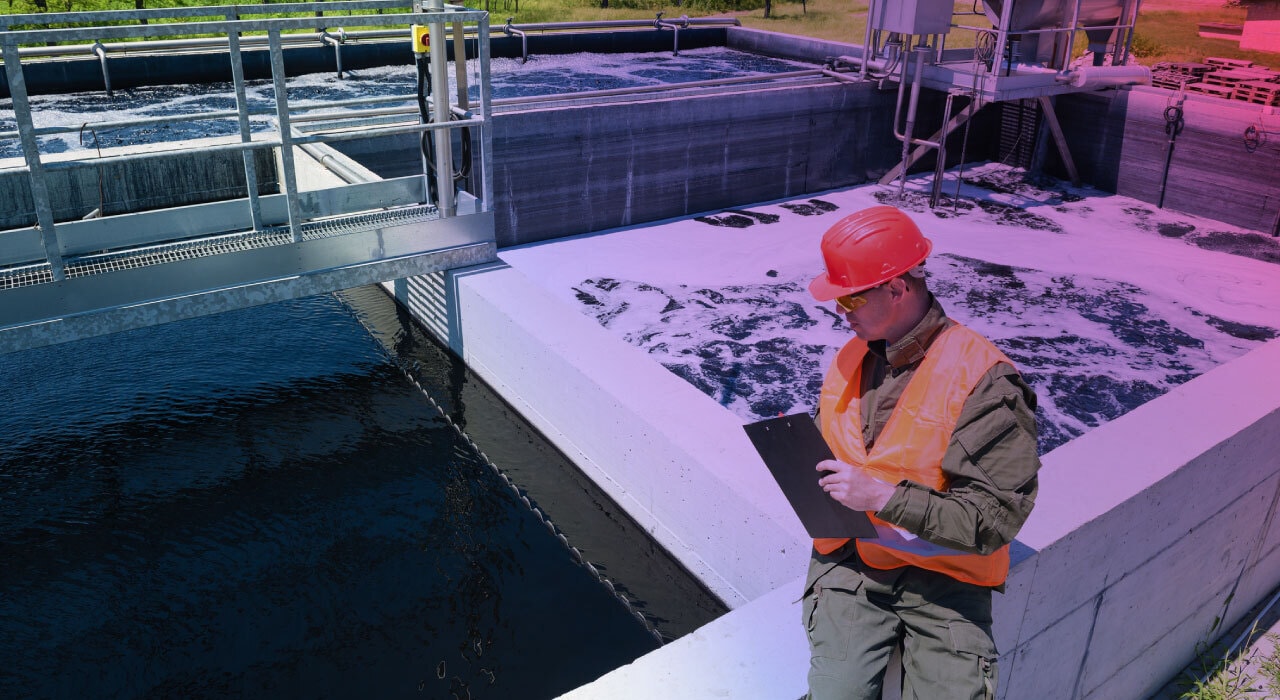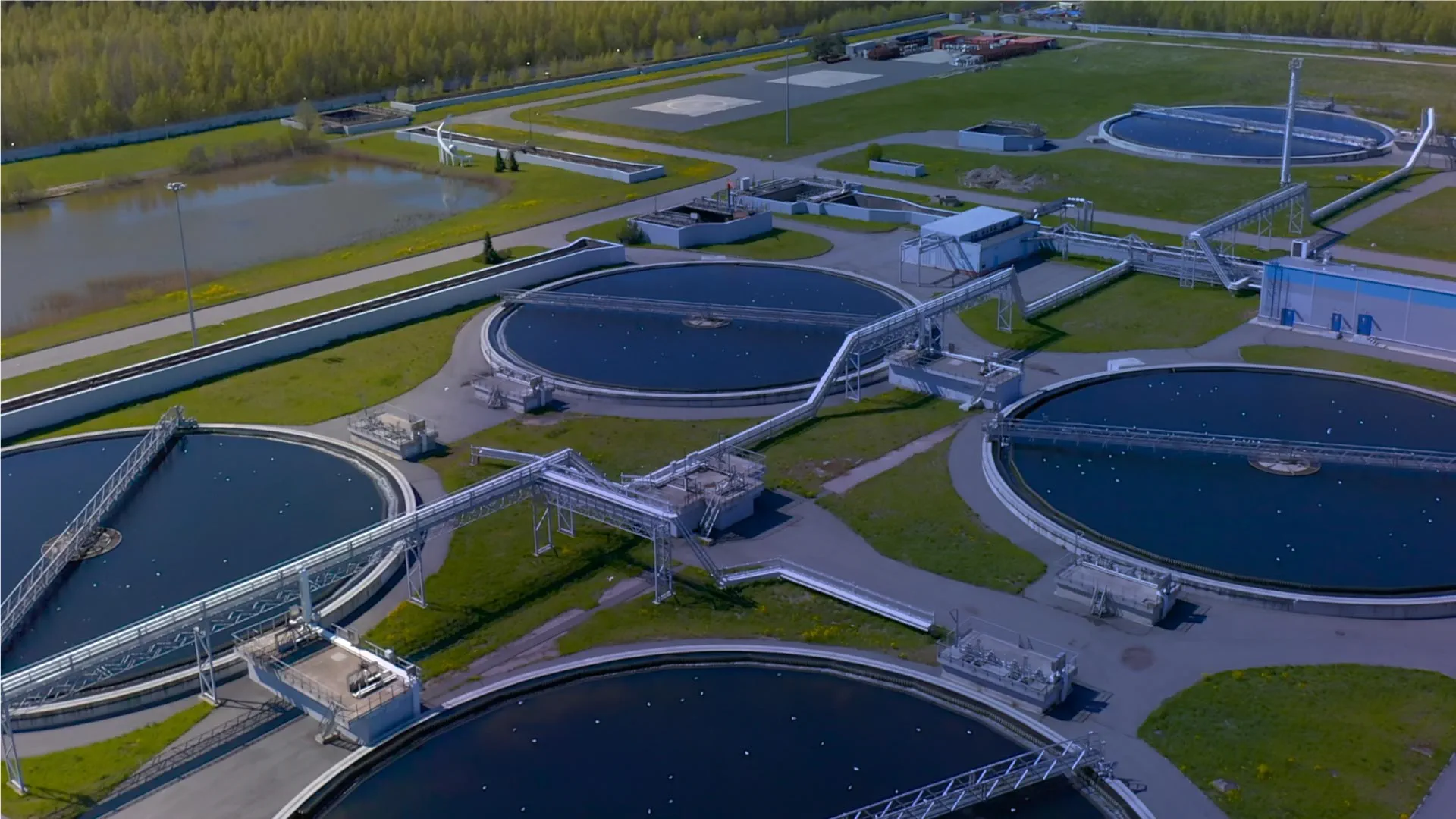"The sooner we start working together – to ensure that that well always has clean water; that it does not run out and will still be there for the children of our children – the better we will all be for it," writes Gen Chief of Strategy, Mike Rose
Best practices shouldn’t just be shared. They need to be standardized - recognized by the whole sector and applicable to everyone in the industry.
The British water sector largely benefits from a comprehensive suite of standards and metrics that has evolved from privatization and subsequent iteration through Periodic Reviews, and ensures superior service and performance in all organizations. Asset management among utilities in the UK are some of the most mature in the world, with measures that look at assets at the individual type level as well as a collective system level.
Even so, there’s still plenty of room for improvement. For one thing, utilities often continue to operate in silos. While they regularly make efforts to share knowledge and best practices within the organization, most utilities don’t consider other utilities when they develop strategies, processes and systems – it’s almost always an afterthought. They treat resilience and asset health as concepts without a huge amount of synergy among the industry, when, in reality, there is a large level of symbiosis inherent to the sector. The health of assets has a direct – perhaps even the biggest – influence on all utilities within the sphere, especially as we navigate a rapidly changing world evolving at a pace unlike anything we’ve ever seen before, and yet we don’t seem to consider it as such.
Which brings me to the conclusion: standardization – across the board – is the best way to go.
Where we were
In 2014, Ofwat, or the Water Services Regulation Authority for English and Welsh utilities, published the 2014 Price Review (PR14) that aimed to ensure “customers in England and Wales will get more from their water companies while paying less for services over the next five years.” Five years after utilities put these new standards into practice, the 2019 Price Review (PR19) further narrowed down these guidelines after real-world use cases showed considerable divergence and loose interpretation on the part of water utilities and their regions’ and customers’ unique needs.
I do believe that localization can have its place. But as a product and technology focused leader, I would classify this as configuration, rather than customization. While we as a sector collectively set and define frameworks, methodologies and systems, we should still allow for individual companies to tailor their application to their unique situation. For example, a smaller, water-only company will also have a small asset management team – might even have asset management only incorporated in other roles within the organization rather than a specialization in and of itself – and is lacking the resources a big enterprise utility has. In such case, we allow them the flexibility to adapt some of their own practices and choice of implementation to reflect the size of their network, capabilities and customer-base.
On the road to PR24, the water sector should consider updating not just the standards themselves, but more so the way we approach and implement these in the first place. For the last Price Reviews, utilities submitted their own business plans, which Ofwat then reviewed on the basis of the benefits to customers and the environments. But there were no standards on the best asset management processes and systems to achieve these results, which means each business plan was unique, contingent on the companies themselves engaging effectively with their customers and stakeholders to determine the best service levels and prices.
And this is precisely the biggest limitation of the siloed approach. Companies determine best practices on their own, which are then shared through conferences and forums both locally and globally. But these conferences happen only periodically, while things are evolving at a significantly faster rate than that. As the COVID pandemic has taught us, much can change in as little as a matter of days, agility in decision making and re-evaluation and re-optimizing of plans is critical. The standards we set should give utilities the improved ability to respond at pace; by equipping them with a number of procedures and guidelines to follow, we can save precious time having to come up with strategies on the fly, and instead focus on buttressing existing systems with new, developing information we gather as the situation unfolds.
But as things are, sharing best practices is 100% optional. A utility could very well have cracked the code to providing unlimited, clean running water to its region, and there is nothing legally obligating them to share that discovery with the world. In truth, while companies have evolved their methodologies and frameworks to address specific parts of their business, there’s much that can still be done to scale up this approach so that everyone collectively benefits from these discoveries and innovations.
Where we need to go
With another Price Review on the horizon, I challenge the sector: rather than spending another five or ten years coming up with their own frameworks and strategies, building things, and deconstructing them later to do the same thing all over again, let’s instead come to an agreement on the same (or reasonably similar) ways to do things right now. Build on the research and innovation carried out by companies and the wider supply chain. Promote and incentivize a culture of dynamic collaboration, rather than individual competition.
We already have best practices. Why aren’t we standardizing them? While we should, of course, allow for the flexibility for utilities to make their own judgment call based on their customers’ own circumstances, having a standardized, comparable and robust asset health framework can be a powerful indicator of an organization’s ability to continue to perform its legal obligations now and in the future. By increasing focus on individual aspects like asset health, standardizing our approach to such allows for improved comparability, and effects a level of consistent quality of assessment. Such framework then becomes a useful, objective way to influence the decisions utilities make on the what, how, when, and where to deploy and maintain finite resources, keeping at pace with changing societal needs and expectations to improve asset health.
As things stand, asset health is, perhaps, too closely related to the financial value of an asset – an economic concept rather than an operationally-critical and valuable decision-making tool that has a direct impact on the life, and quality of life, of people. Asset and organizational resilience likewise receive the same treatment, evaluated on the basis of financial benefits to the company, rather than best interests of customers and the environment. And that, if nothing else, needs to change.
Standardizing does away with the financially driven approach by shifting the fundamental focus to the operational, tactical, and strategic lens to resource deployment. Integrate asset health and resilience into the decision-making process right from the offset, and adopt forward-looking metrics rather than lagging indicators.
At present, asset health doesn’t seem to be regarded as a terribly important point of consideration by the operations and decision-making side of utilities. It’s often considered in isolation, which doesn’t take into account the consequences, severity and impact of external factors. By and large, we tend to apply a limited view of asset health and see it only in terms of “bursts” rather than an ongoing consideration, which may explain why asset health is rejected at the operational level as a key factor in decision-making.
In truth, asset health is not a one-off, singular metric, and we need to collectively stop regarding it as such. It can be a crucial lever that the operational side of the organization can use to make better business decision, and shouldn’t only come up every Price Review season. It should be embedded into everyday business consideration, and evaluated holistically.
Rather than looking at lagging indicators of historic problems, asset health should be couched as a leading indicator of future problems. How long an asset will last, what its state of wellness is, how soon does it need to be maintained or replaced are critical factors to consider regularly. The general state of your assets’ health should be an operational decision-making barometer moving forward, particularly in light of the fact that things have become increasingly unpredictable – and will only likely become more erratic – due to climate change.
But that’s another story.
We need to stop kicking the can down the road on asset health, potentially storing up bow waves of problems for future generations. In pushing only for customer affordability today, we may, in the short term, produce increasingly persistent reactive, repair and operational interventions that seem innovative at the time being, but can run the unintended consequence of leaving untouched long-term issues around the underlying deterioration of the [above and below-ground] networks. Therefore, the metrics we need to be embracing and standardizing should consider:
- effectiveness or the ability to function in design or normal tolerance
- adaptability or the flexibility and likelihood to perform outside of normal conditions; and
- duration or the remaining life expected of the asset to perform both inside and outside of normal conditions
Technology will be key to this shift in priority and approach – and we need to get everyone on board. We’ve said this before and we’ll say it again: digitalization is key to how we operate in this new normal, and beyond. Technology enables and empowers utilities to achieve their new goals, under this new proposed framework. Specifically, it’s how they will use historic data to create new metrics and incorporate these metrics in the new decision-making structure.
In a recent conversation our team at Arcadis Gen has had with Ofwat, it’s become apparent that decision-support tools can underpin the sector’s asset management decision-making. Following a recent asset management maturity assessment from Ofwat for all UK water utilities to complete , we observed that smaller Water Only Companies (WOC) generally had less of a need for advanced asset management capabilities due to the agility and size of their companies. On the one hand, this small scale is a strength that allows them to make decisions quickly from the starting point of customer engagement to the end point of board-level decisions. On the other hand, it’s also a potential weakness that these decisions are often made without a sound asset management process and validation that ensures these are the “right” decisions being made.
The exact opposite is true for larger companies. Enterprises have full asset management technological capabilities that are, by their very nature, comprehensive and thorough, which could mean decisions take a significantly longer time to be made, by which point the very problem they tried to solve could have passed or, worse, become worse.
The exact opposite is true for larger companies. Enterprises have full asset management technological capabilities that are, by their very nature, comprehensive and thorough, which could mean decisions take a significantly longer time to be made, by which point the very problem they tried to solve could have passed or, worse, become worse.
So what do we do? We find a middle ground that works for everyone. We (again) set standards on the tools and best practices that can enable utilities of all sizes to deliver superior services. There will always be an inherent difference in the capability of a small utility with an asset management team of less than five people versus that of a large organization with an army of planners for each asset class. Therefore, the processes and systems we should aim to implement across the board need to be scalable for everyone affected.
In many cases, having the right tools can bridge the gap between what’s proven to work well for large-scale operations and what can be doable for smaller asset management teams. Solutions like Arcadis Gen’s Enterprise Decision Analytics and the AppliedInsight suite of process- and challenge-specific apps, can essentially do the job of teams of experts well enough to support the handful of people who are in charge of managing hundreds, if not thousands, of assets and customers in their network. So while these tools do not completely replace the expertise of real, actual humans, they do provide automated solutions that can fill in the gaps in the workforce. They can improve decision-making in the round, and provide better evidence to stakeholders, customers, and regulators.
They can also help apply a greater level of rigor to scenario planning efforts across the entirety of programs, which is particularly important for plans such as uncertainty analysis and sensitivity and resilient planning. Companies can sometimes make the mistake of presenting operations almost as a gospel truth, where actual values are statements of fact with no understanding of or accounting for uncertainty of input data, methods, and future states such as climate change, population growth, and more.
Performance commitments is another standard by which decision-making tools will be indispensable. Utilities can look to rationalize and better embed resilience and asset health into their commitments, across the sector, to a level that is collectively satisfactory. From PR19, we now have too many bespoke commitments, and too few standard ones. The mood music is to keep things as such, and I am inclined to agree.
Conclusion
I, of course, do not expect things to change overnight. Standardizing anything, especially at such a widespread scale, takes years and resources. Even so, we need to try. This is a massive task for organizations, regulators, and water sectors not just in the UK, but globally as well, so the sooner we begin, the better.
Let’s stop working in silos. Assets should not be regarded in isolation; they are a holistic system that should be considered as such, on an always-on basis, and not only when one part of the structure is due for a replacement, if not already falling apart.
And this goes for the water sector as a whole, as well. There are only too many companies that fail to consider other asset classes within their own organization, much less the status of other utilities. At the end of the day, we all draw from the same well. The sooner we start working together – to ensure that that well always has clean water; that it does not run out and will still be there for the children of our children – the better we will all be for it.
Did you find this information useful?
Did you find this information useful?
Thank you for your feedback!

 Back
Back







